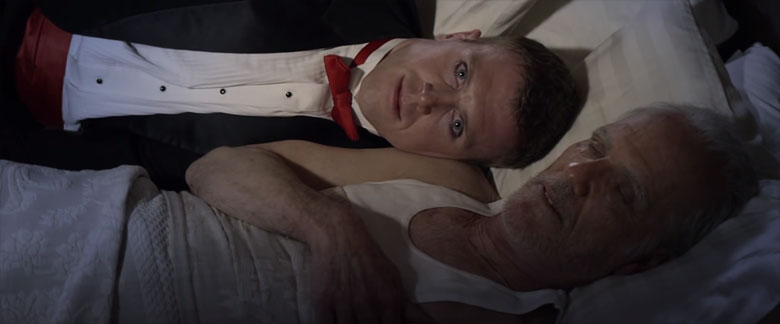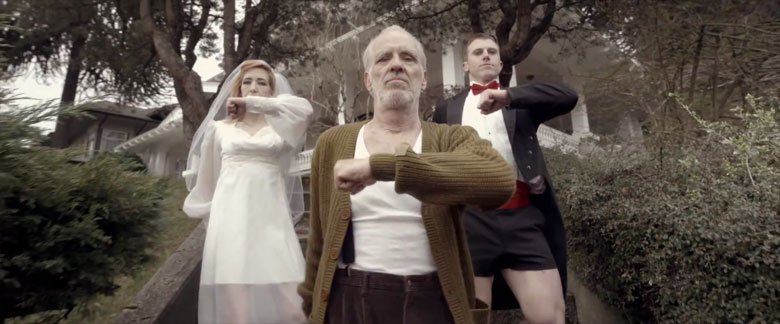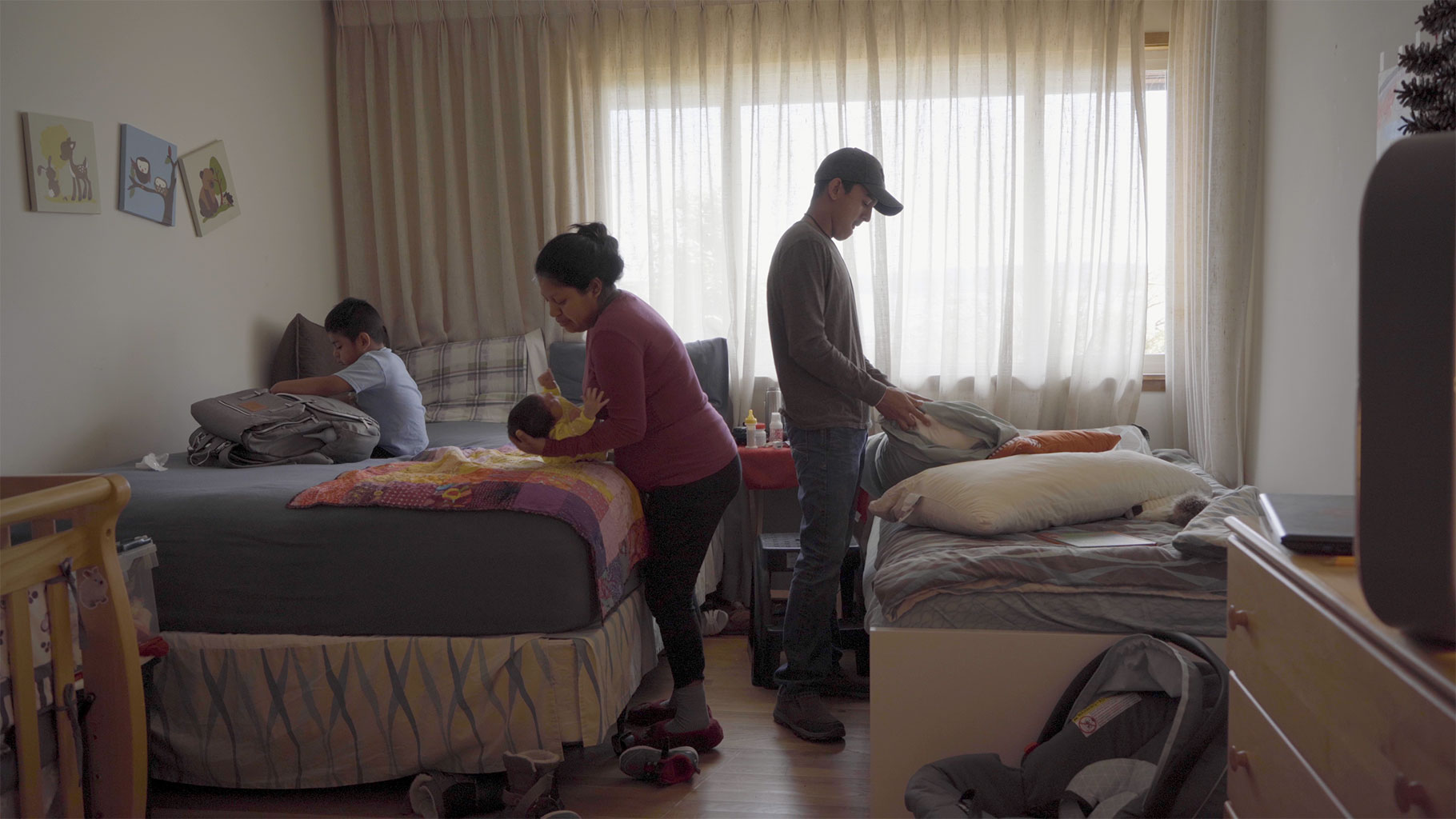Los Angeles-via-Portland’s STRFKR are a band people love to hate, but I like to give props where props are due. “While I’m Alive”, from the band’s latest album, Miracle Mile, may be my favorite song of theirs yet. Groovy basslines and sweet echoes of, “I love my life,” are posi-well, but the track’s prime attraction lies in a high-pitched vocal wail, perpetuated throughout guitar notes during the track’s introduction and hook.
Given the dynamic quality of the aforementioned vocal line, any successful require music video would need to acknowledge its brilliance with equal measure. Luckily, director David Terry Fine‘s collaboration with the Seattle dance troupe Can Can Castaways executes this with flying colors. (We’re talking one of the swellest dance moves I’ve seen this year, next to the headless-arms-waggle at 2:05 of this So You Think You Can Dance number).
Much like the life-affirming concept of the music video, stills from “While I’m Alive” are plenty nice-looking, but show off very little of its glowing essence, which lies in living movements both subtle and bold. In this Q&A with David Terry Fine, he touches on the experience of working with STRFKR and Can Can Castaways, as well as the appeal of body movement.
How did you come to work with STRFKR, and how much direction or freedom were you given?
I met STRFKR while doing a documentary piece on them for a web series called American Hipster. We briefly discussed (read: lamented) our names (American Hipster didn’t make anything easy).
Lots of freedom creatively to do as we wanted. They really allowed me to synthesize the song, pitch what I wanted to make, and then make it. Hats off, STRFKR. Hats off.
What was the main premise behind the music video?
We get lonely when people close to us die, but that doesn’t mean your life didn’t kick ass.
Can you tell me a little bit about the dancers and how they were chosen for the role? Did they choreograph their own dances?
Rainbow Fletcher of the Can Can Castaways (a Seattle dance troupe) lead the choreo. She was super awesome to work with. She also plays the wife in the video. The dancers were her close friends and dancer colleagues.
What do you call the main dancer’s belly-swirling roll? Was this move one he already did or one that was invented for the video?
I have no idea. He sure is virile though, right?! It’s like twerking for dead guys.
Though dance has long played a role in mainstream music videos, contemporary dance seems to be having a strong surge as of late. Why do you suppose this is? What is it about dance that speaks to you?
I love dance because it makes people smile and shakes them up. I’ve been going to a lot of weddings recently, and I can’t wait to dance. Generally when I dance, I’m looking to make people laugh with my moves. Highly spastic. Dancing can be taken very seriously, but it’s also something we do to let everything go — to let loose, have fun and enjoy life. So dance made sense for this — a serious topic with a warm, light-hearted approach.
Do you have any experience with dance or shooting dance videos yourself?
Editor’s Note: This song makes me cringe inside.
Dancing in a graveyard is pretty dangerous since the music video for Thriller automatically comes to mind on some level! Was there any struggle over the decision to use that as a setting?
Nope. Thriller is Thriller. It’s the best. This isn’t Thriller. This isn’t even Cryin.
www.davidterryfine.com + www.salaamdunkfilm.com + www.americanhipsterpresents.com
Ω









